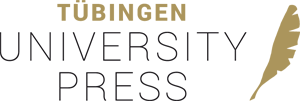
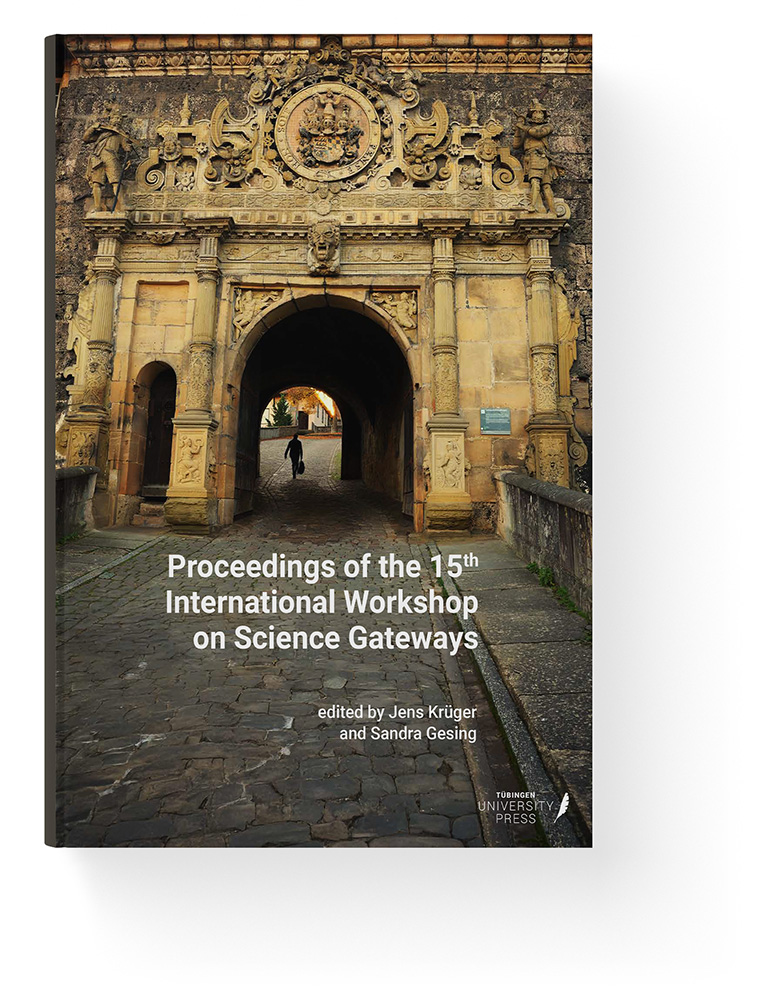
(IWSG2023)
Jens Krüger; Sandra Gesing
ISBN (online): 978-3-98945-019-6
ISBN (print): (nur online)
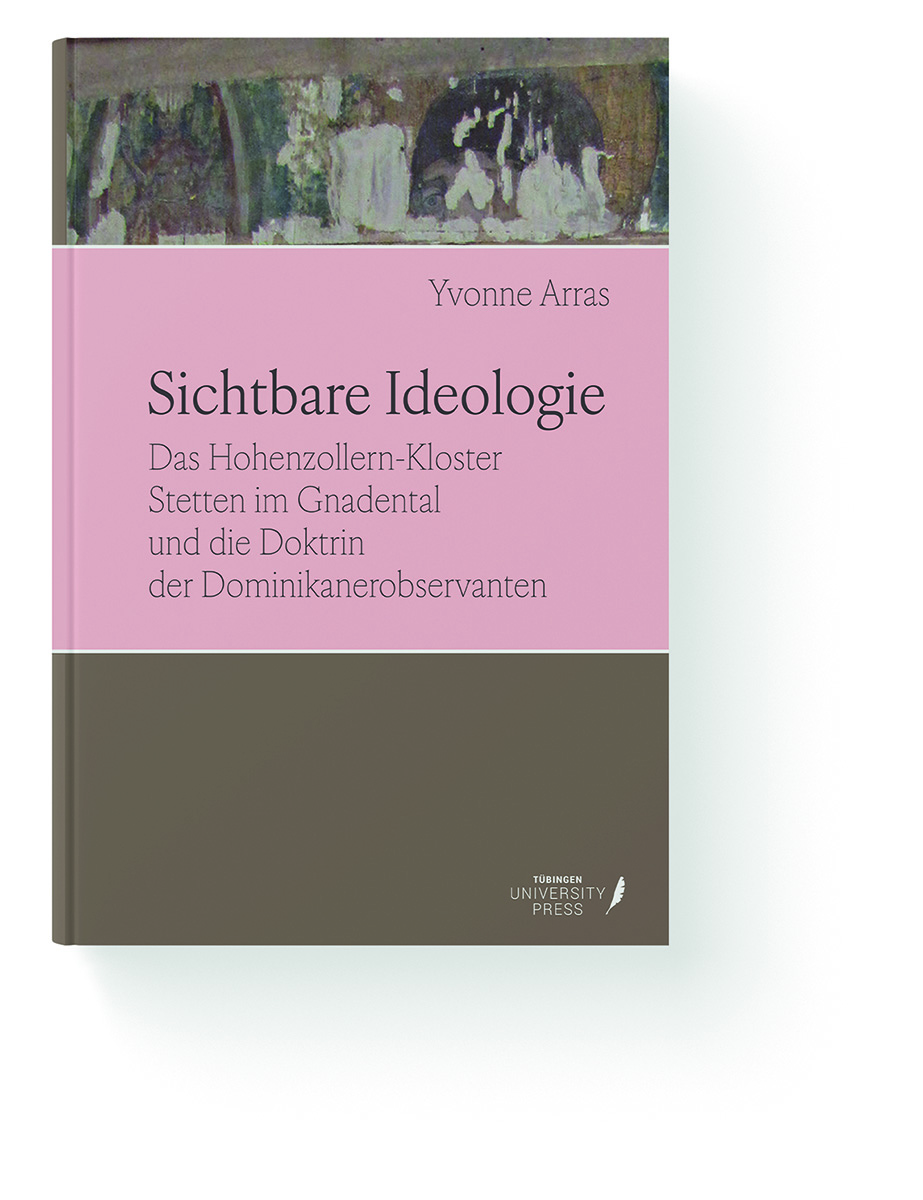
Das Hohenzollern-Kloster Stetten im Gnadental und die Doktrin der Dominikanerobservanten
Yvonne Arras
ISBN (online): 978-3-98945-012-7
ISBN (print): 978-3-98945-011-0
562 Seiten, Hardcover, 170 x 240 mm
66,00 EUR
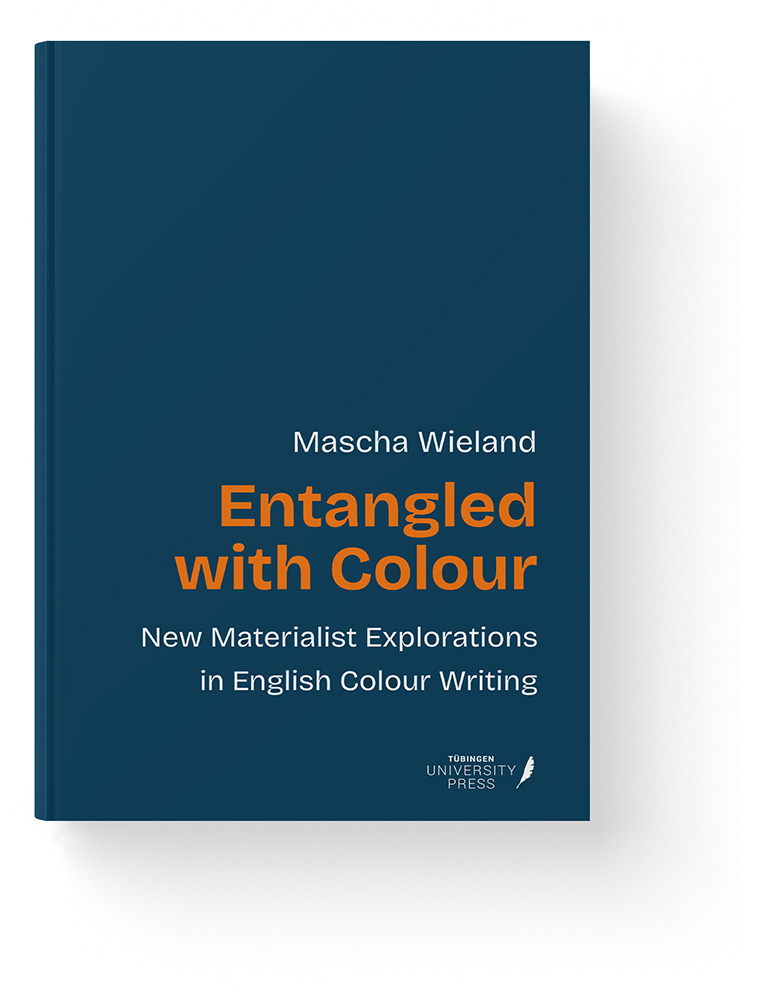
New Materialist Explorations in English Colour Writing
Mascha Wieland
ISBN (online): 978-3-98945-009-7
ISBN (print): 978-3-98945-010-3
326 Seiten, Hardcover, 170 x 240 mm
38,00 EUR
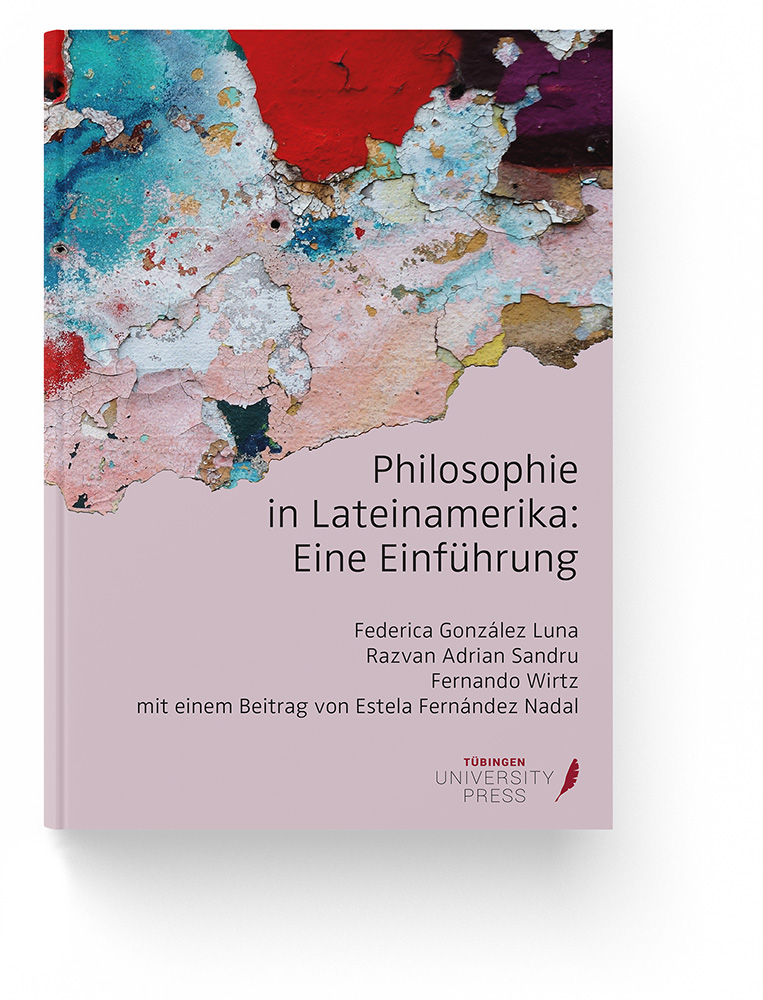
Federica González Luna; Razvan Adrian Sandru; Fernando Wirtz; mit einem Beitrag von Estela Fernández Nadal
Die amerikanischen Philosophien wurden historisch von der Landkarte getilgt und als »Aberglaube«, »Religion« oder »Mythos« abgestempelt. Das europäische Denken dominierte jahrhundertelang in Lateinamerika und bestimmte somit, was als Philosophie und Wissen galt.
Die politische Unabhängigkeit leitete einen kritischen Prozess der intellektuellen Autonomie ein, wodurch die frühere Unsichtbarkeit des amerikanischen Denkens sowohl prä- als auch nach-kolumbianisch allmählich auf der Landkarte zum Vorschein kam. Infolgedessen drängte sich die Frage auf: »Gibt es und gab es eine Philosophie in Lateinamerika?« Diese Frage nach der Existenz einer lateinamerikanischen Philosophie war an sich performativ. Sie selbst beweist die Existenz eines kritischen Denkens. Die Frage selbst war eine Übung, die die Konstruktion einer Philosophie implizierte. Die Philosophie in Lateinamerika ist nicht nur geschichtlich relevant. Ihre Entwicklung war ein vielschichtiger Prozess, der heute auch im Rahmen der Politik (z. B. Populismustheorien), der Theologie (Befreiungstheologie) und der Literaturwissenschaften (Post- und Dekolonialismus) von großer Bedeutung ist. Vielleicht weckt diese Einführung in den Lesern und Leserinnen den Wunsch, den Weg der lateinamerikanischen Philosophie auf eigene Faust weiterzugehen. Preguntando caminamos – Fragen stellend gehen wir
ISBN (online): 978-3-947251-98-8
ISBN (print): 978-3-947251-97-1
132 Seiten, Hardcover, ca. 170 mm x 240 mm
24,60 EUR
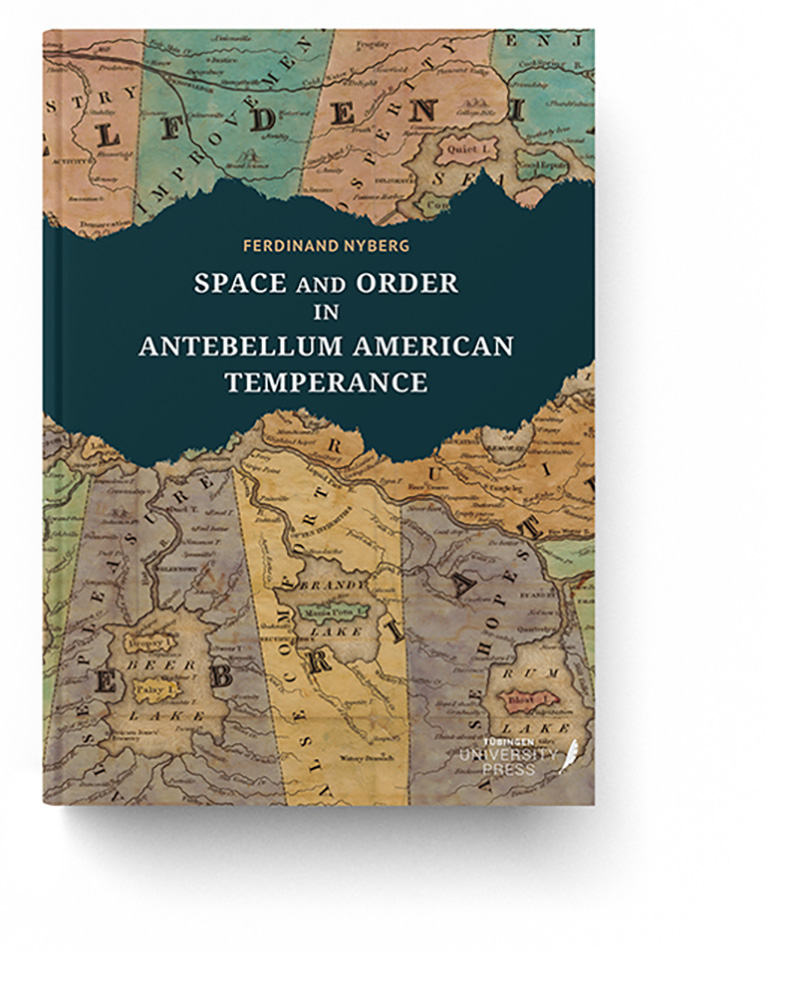
Ferdinand Nyberg
ISBN (online): 978-3-947251-83-4
ISBN (print): 978-3-947251-82-7
256 Seiten, Hardcover, 170 x 240 mm
106,18 EUR
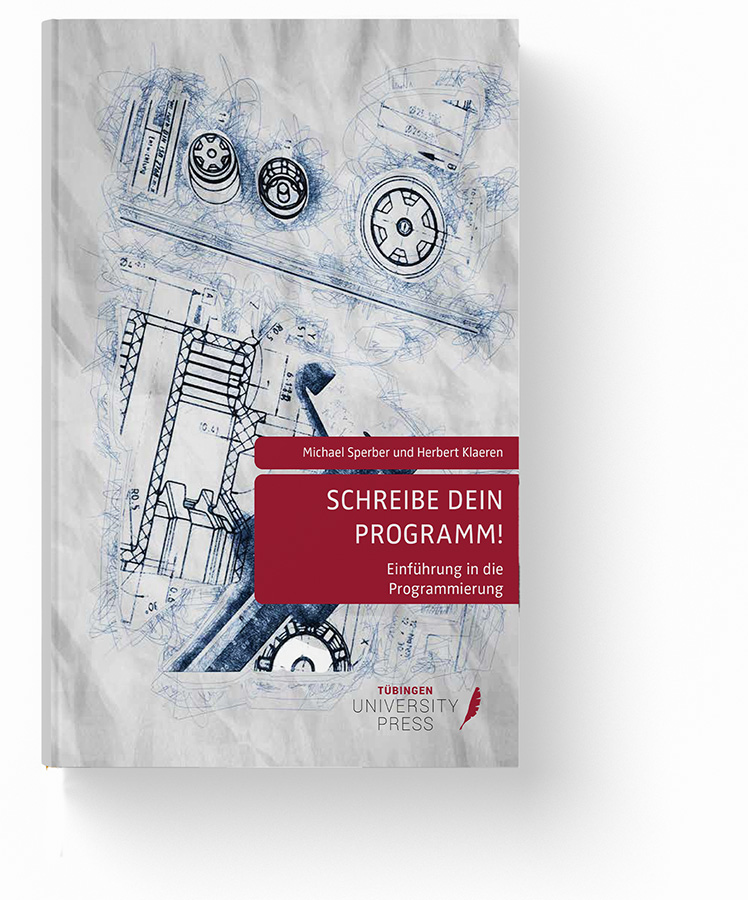
Einführung in die Programmierung
Michael Sperber, Herbert Klaeren
ISBN (online): 978-3-947251-89-6
ISBN (print): Erscheint vorläufig nur online.
516 Seiten, Hardcover, 170 x 240 mm
EUR
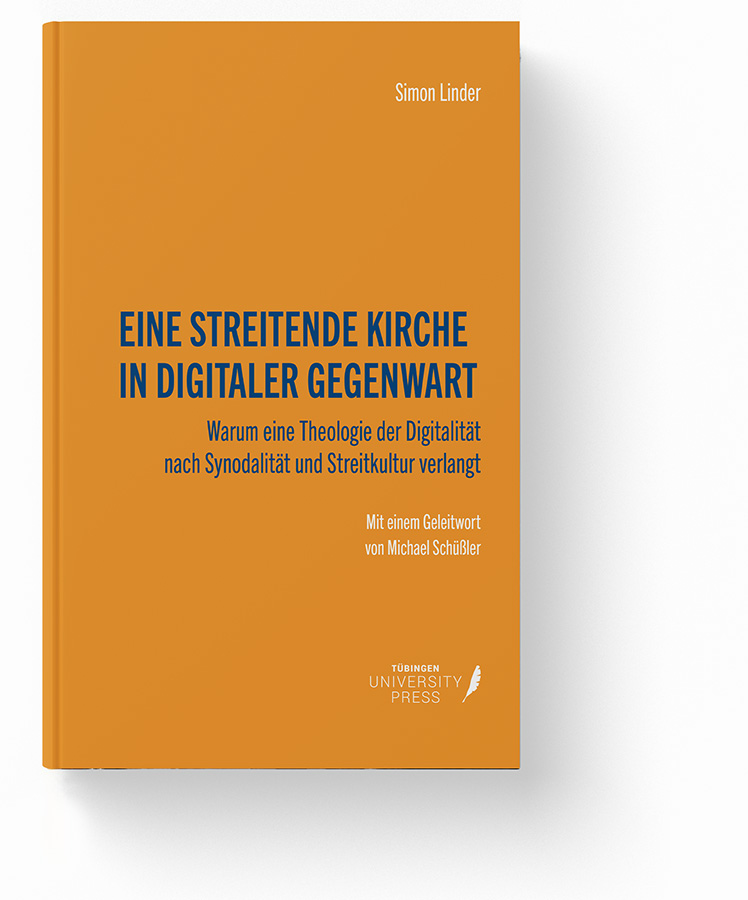
Warum eine Theologie der Digitalität nach Synodalität und Streitkultur verlangt
Simon Linder
ISBN (online): 978-3-947251-80-3
ISBN (print): 978-3-947251-81-0
576 Seiten, Hardcover, 170 x 240 mm
151,95 EUR
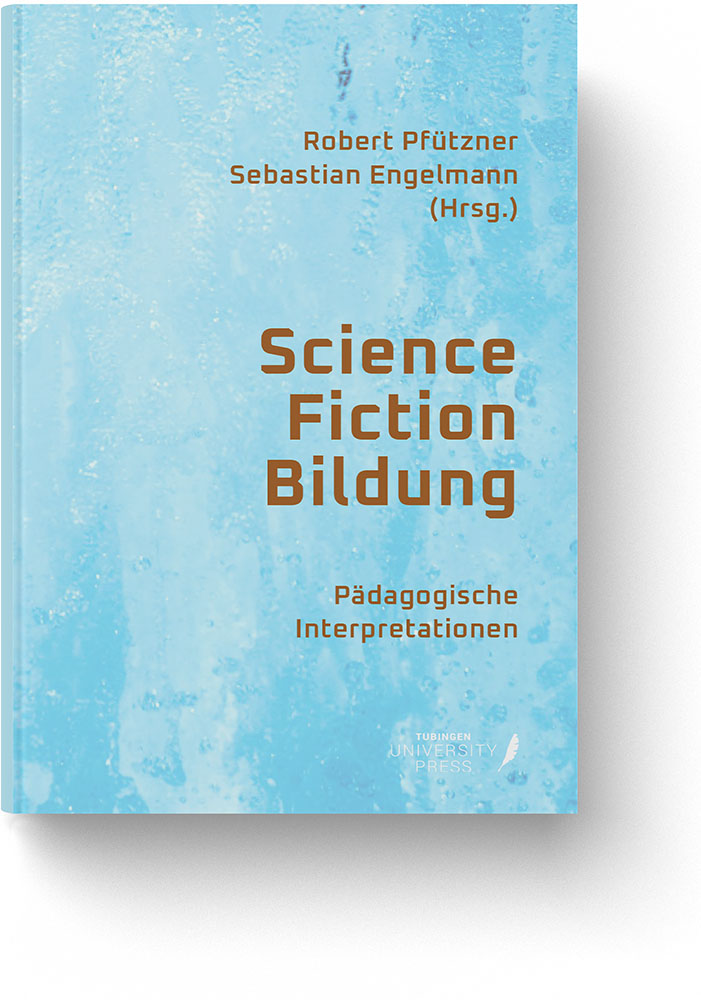
Pädagogische Interpretationen
Herausgeber: Robert Pfützner, Sebastian Engelmann (Hrsg.)
ISBN (online): 978-3-947251-61-2
ISBN (print): 978-3-947251-60-5
136 Seiten, Hardcover, 170 x 240 mm
21,99 EUR
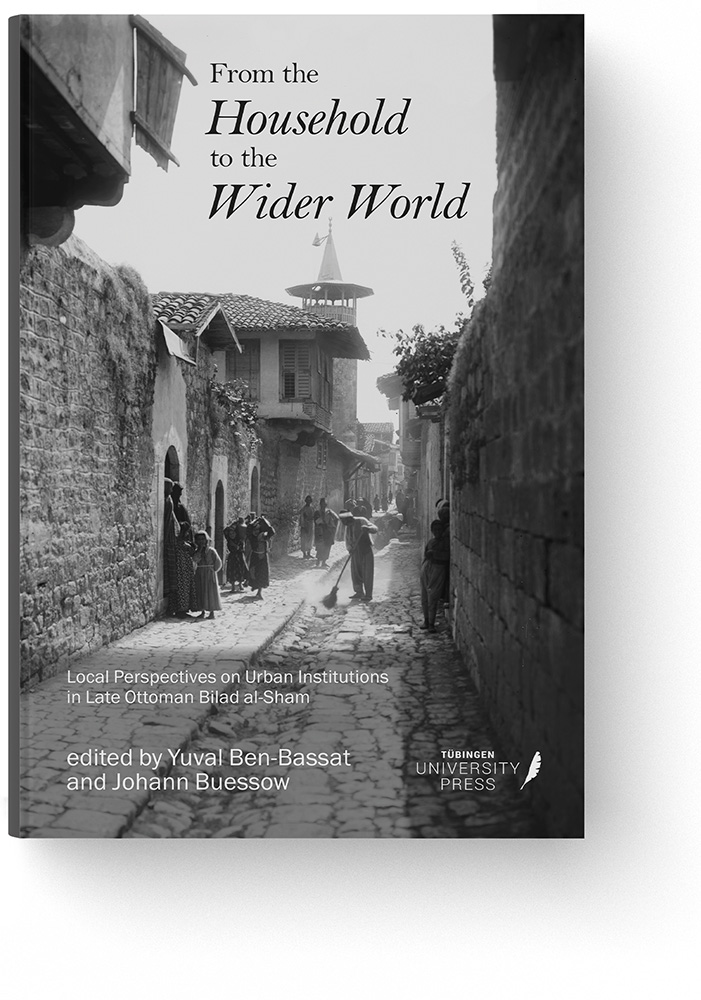
Johann Büssow, Yuval Ben-Bassat (eds.)
From the Household to the Wider World provides new insights into urban governance in different cities in Ottoman Palestine and Syria (Bilad al-Sham) during the late Ottoman period, c. 1800–1920. It enriches Ottoman urban studies by viewing cities (not only the major ones that are often discussed in the literature but also peripheral localities) as crucial spaces in which socio-political processes on various scales interact with localized material structures. This outlook addresses the challenges of bridging the divide between text-based studies and the study of material culture, and in so doing maps local cases onto larger historical processes, at the level of the region, the Empire, and global connections. This collection of essays delves into specific case studies based on original research that take different perspectives to explore structure and agency, theory and practice, as well as textual and material evidence to reflect multiple ways to address these challenges. This book will be of interest to scholars, researchers and students of the Middle East in the fields of Urban Studies, History, as well as Ottoman and Islamic Studies. The inclusion of boxed texts listing key sources, instructive illustrations, as well as extensive glossary are all designed to provide students and non-specialists with robust tools to access this field.
ISBN (online):
ISBN (print): 978-3-947251-37-7
438 Seiten, Hardcover, ca. 210 mm x 297 mm, 1226 g
76,49 EUR
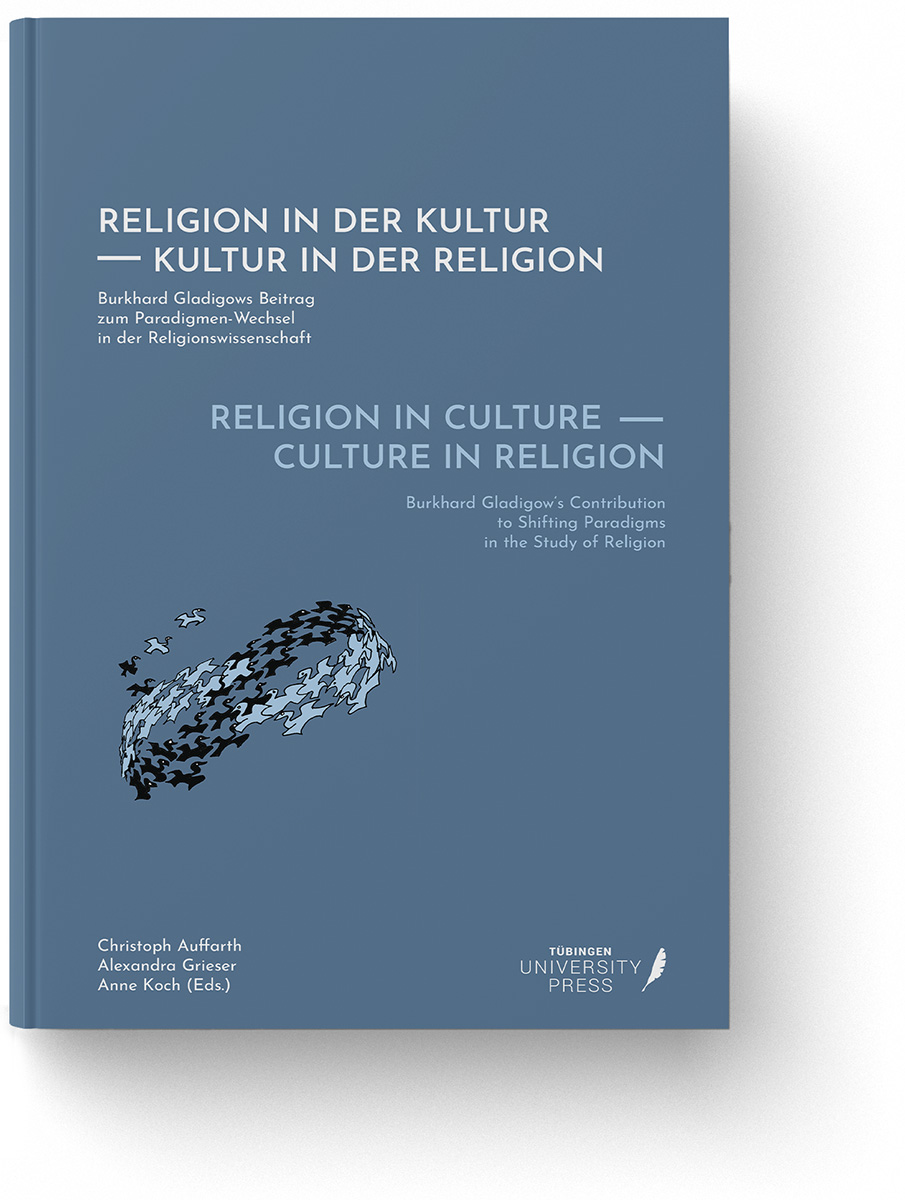
Hrsg.: Christoph Auffarth; Alexandra Grieser; Anne Koch
ISBN (online): 978-3-947251-42-1
ISBN (print): 978-3-947251-41-4
420 Seiten, Hardcover, 240 mm x 170 mm
40,90 EUR
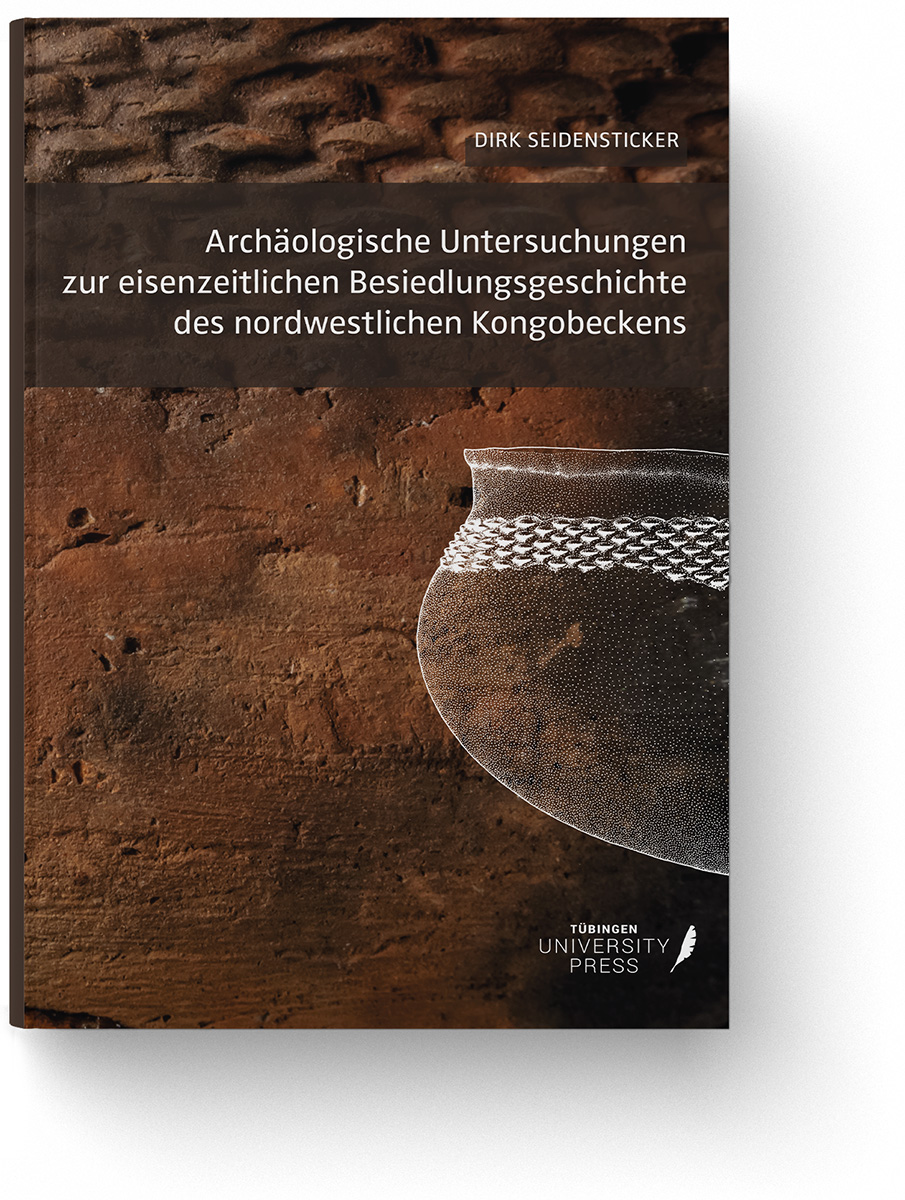
Dirk Seidensticker
ISBN (online): 978-3-947251-48-3
ISBN (print): 978-3-947251-47-6
478 Seiten, Hardcover, 297 mm x 210 mm
189,76 EUR
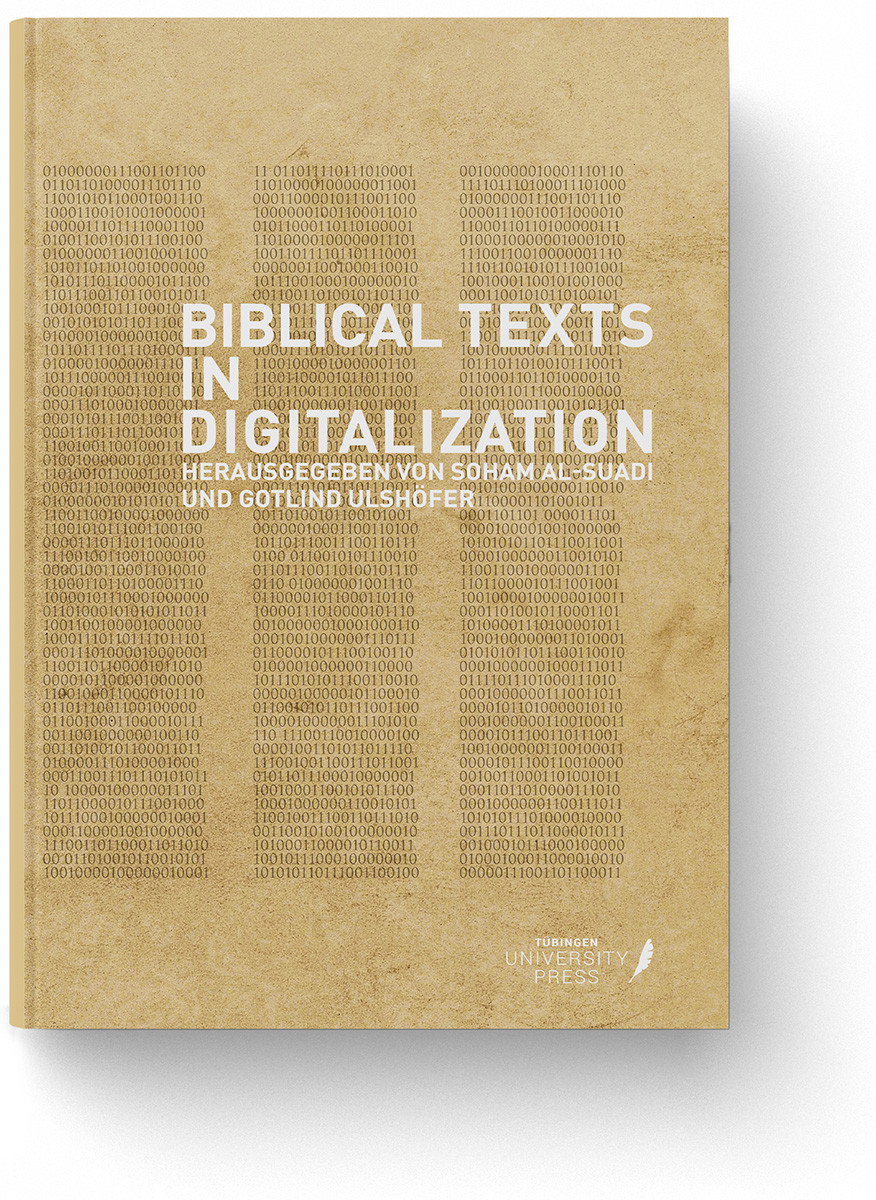
Hrsg: Gottlind Ulshöfer und Soham Al-Suadi
ISBN (online): 978-3-947251-22-3
ISBN (print): 978-3-947251-21-6
234 Seiten, Hardcover, 170 mm x 210 mm
32,90 EUR
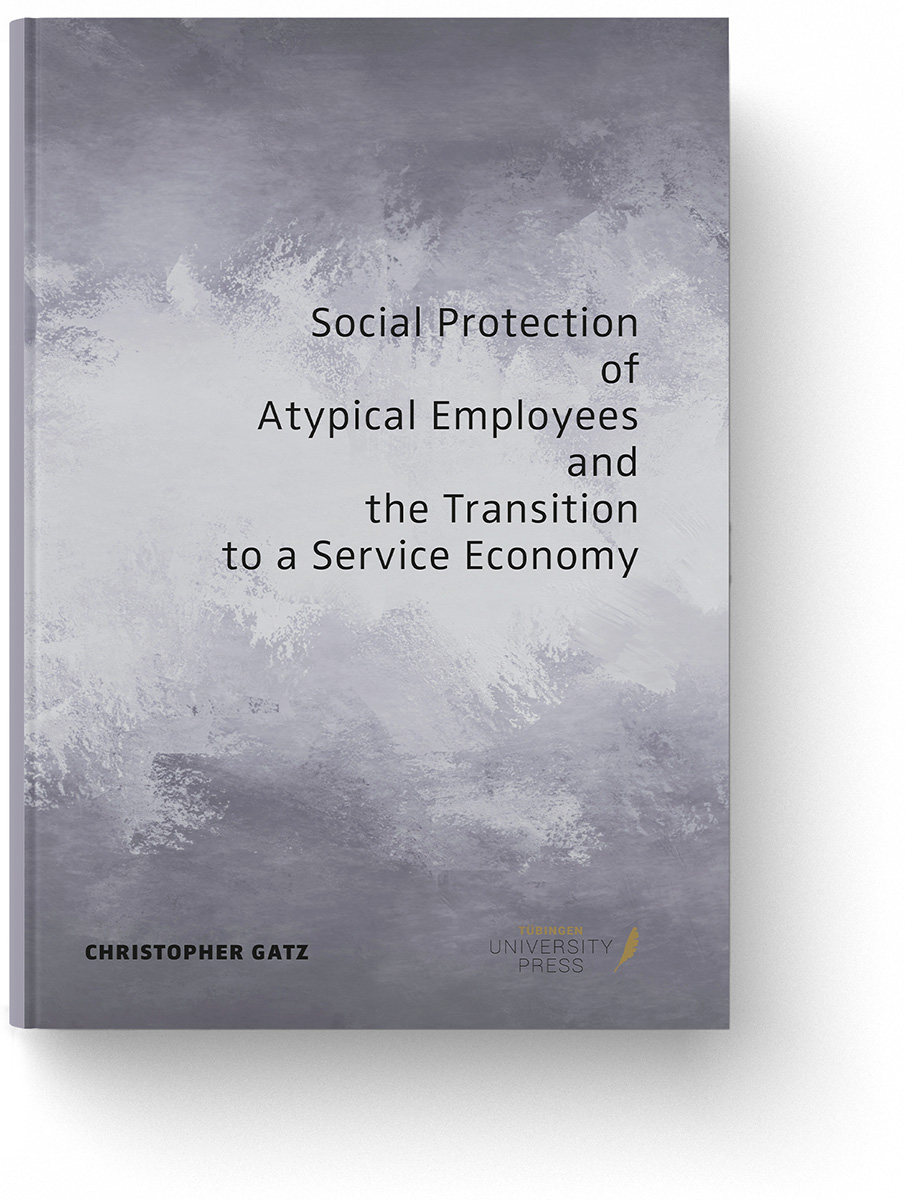
Autor: Christopher Gatz
ISBN (online): 978-3-947251-16-2
ISBN (print): 978-3-947251-13-1
136 Seiten, Hardcover, 210 mm x 297 mm
44,90 EUR
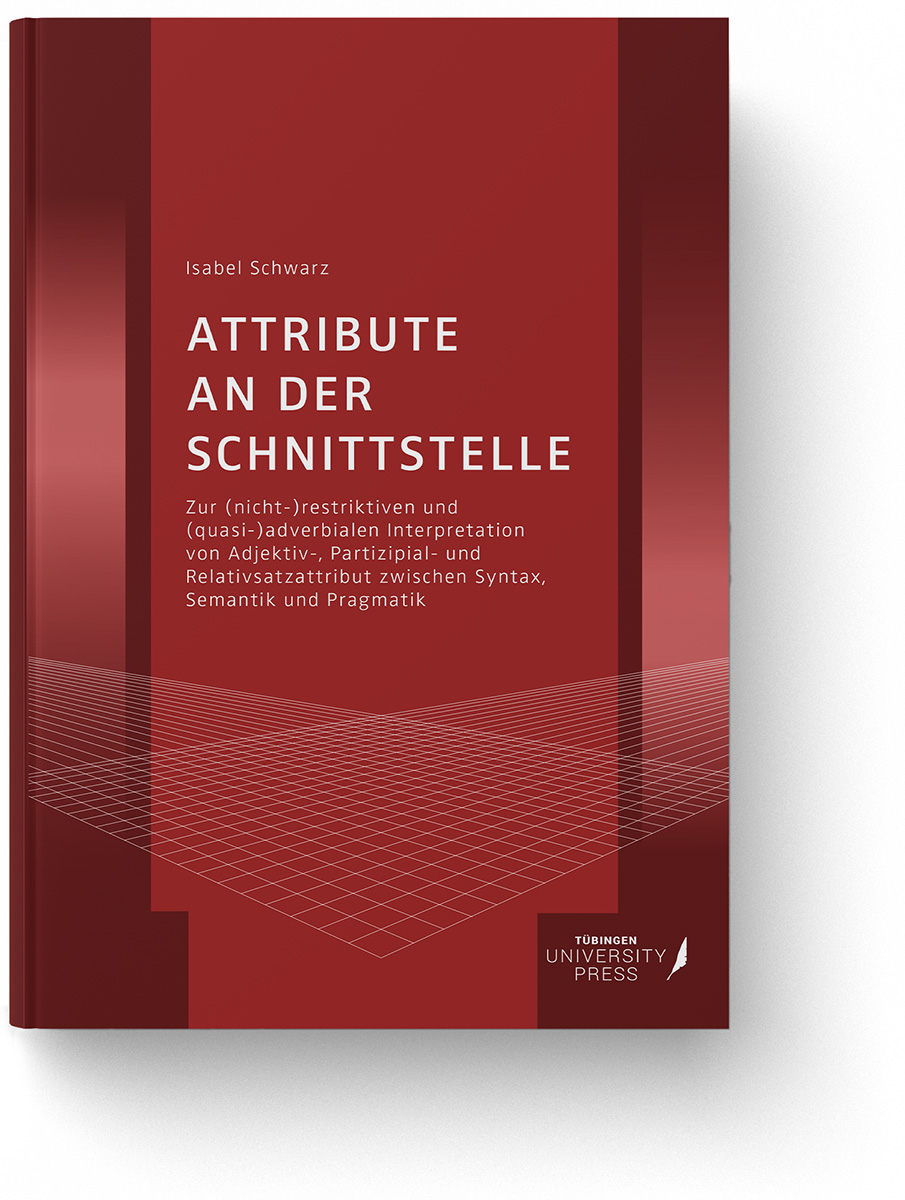
Autorin: Isabel Schwarz
ISBN (online): 978-3-947251-09-4
ISBN (print): 978-3-947251-08-7 (vergriffen)
371 Seiten, Hardcover, 170 mm x 240 mm
44,00 EUR
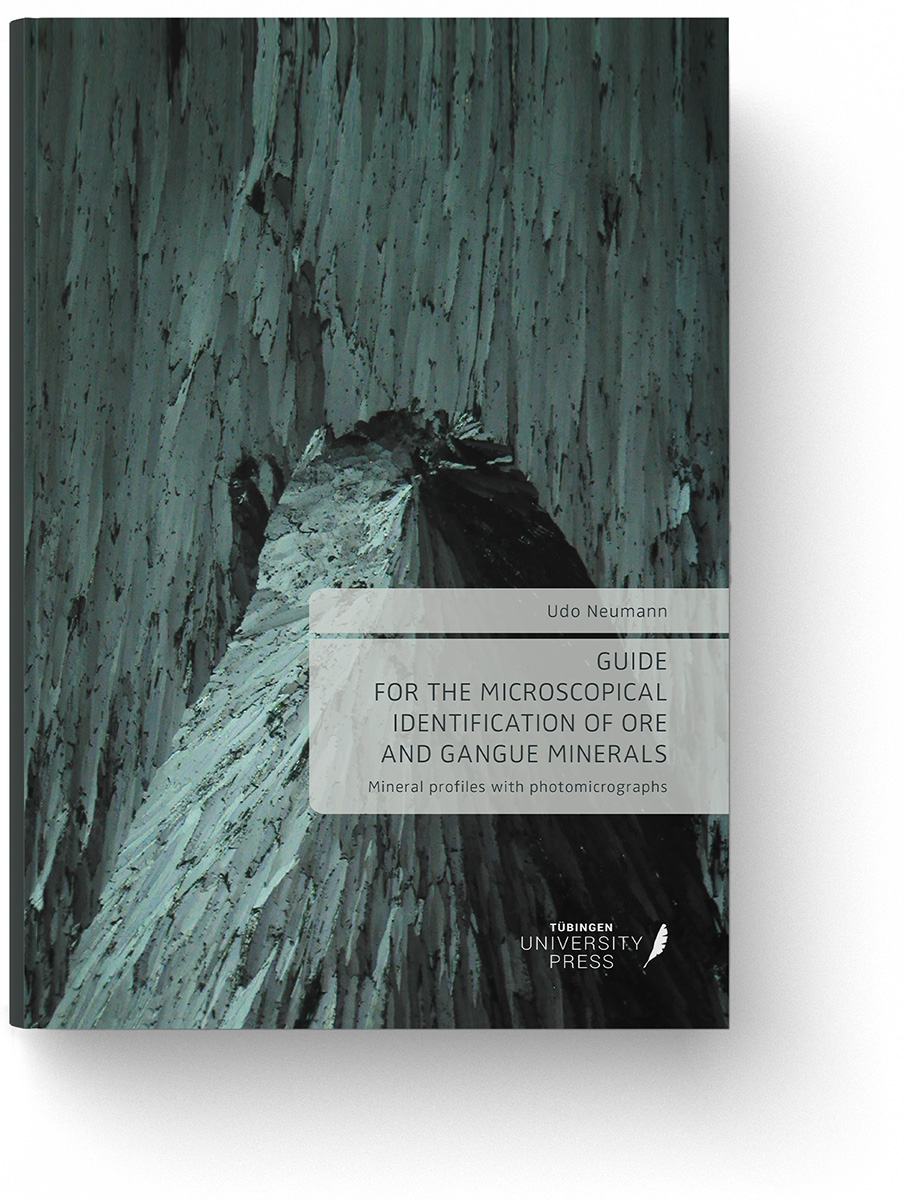
ISBN (online): 978-3-947251-07-0
ISBN (online): 978-3-947251-12-4 (2. Online-Ausgabe)
ISBN (print): 978-3-947251-06-3
320 Seiten, Hardcover, ca. 210 mm x 297 mm
57,80 EUR
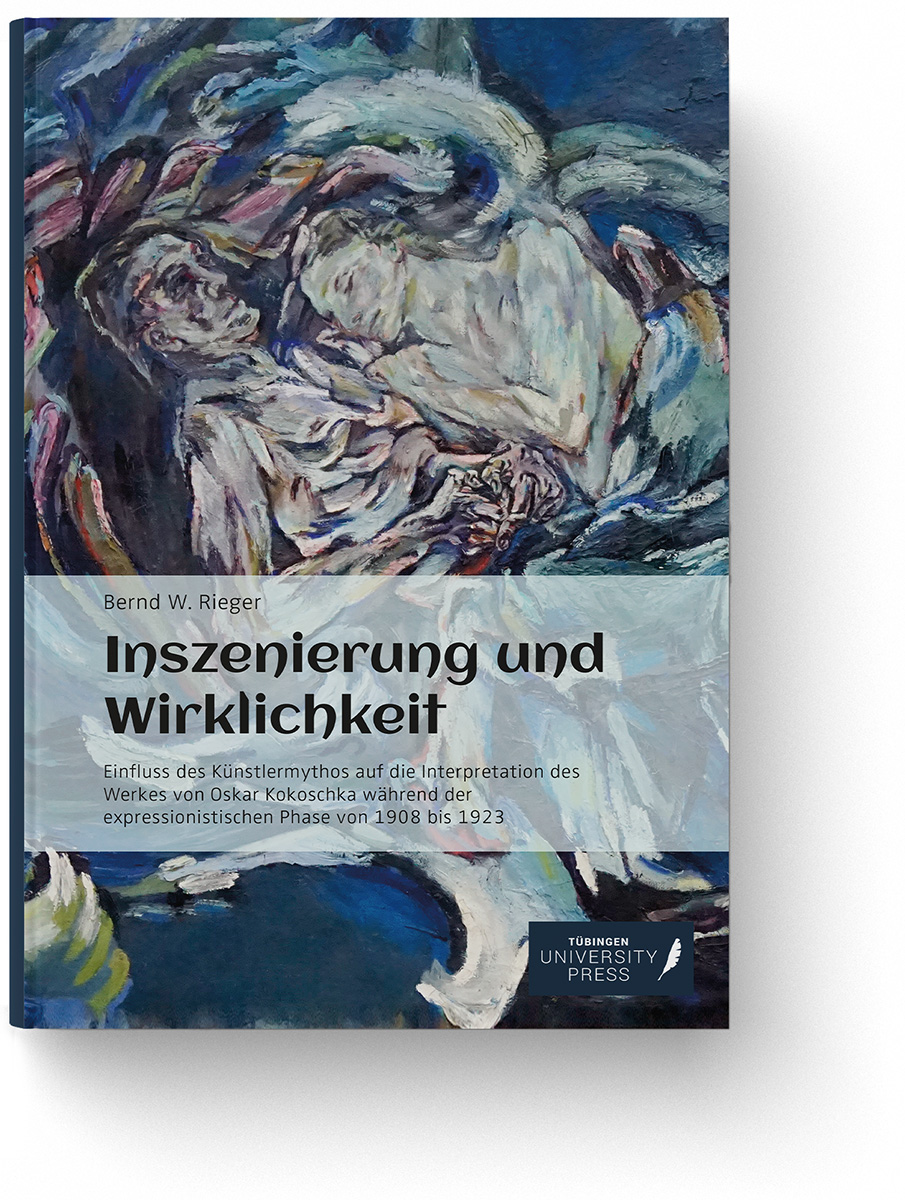
Mit Die Windsbraut (1914) bildete der Maler Oskar Kokoschka (1886-1980) den Höhepunkt seiner amourösen Beziehung zu Alma Mahler ab. Die Amour fou endete mit einer Enttäuschung, die sich in einer symbolischen Übermalung manifestierte – das psychologisch positive Rot wich einem kühlen Blau. Bei Oskar Kokoschka setzte der Drang zur Selbstdarstellung im Rahmen eines klar definierten Künstlerbildes bereits im Alter von 22 Jahren ein. In ökonomisch determinierter Weise kreierte er dieses Bild, das Zeit seines Lebens durch die Vermengung von Fantasiegeschichten und Erlebtem zu einem Künstlermythos wurde und die Interpretation seiner Werke der expressionistischen Phase bis heute bestimmt und häufig verfälscht. In seinen Erzählungen und Vorträgen verklärten sich Realität und Selbstinszenierung zu einem Künstlermythos, dem die wissenschaftlich-kunsthistorische Biografik erlag. Erst in jüngster Zeit tendieren Kunsthistoriker dazu, den Künstler unter Berücksichtigung vermarktungsstrategischer Aspekte zu interpretieren. Bei Kokoschka waren es keine Erinnerungslücken, keine kognitiven Täuschungen, die seinen Künstlermythos formten – es war die bewusste, allumfassende Inszenierung.
ISBN (online): 978-3-947251-03-2
ISBN (print): 978-3-947251-02-5 (vergriffen)
514 Seiten, Hardcover, ca. 170 mm x 240 mm, 1164 g
68,00 EUR
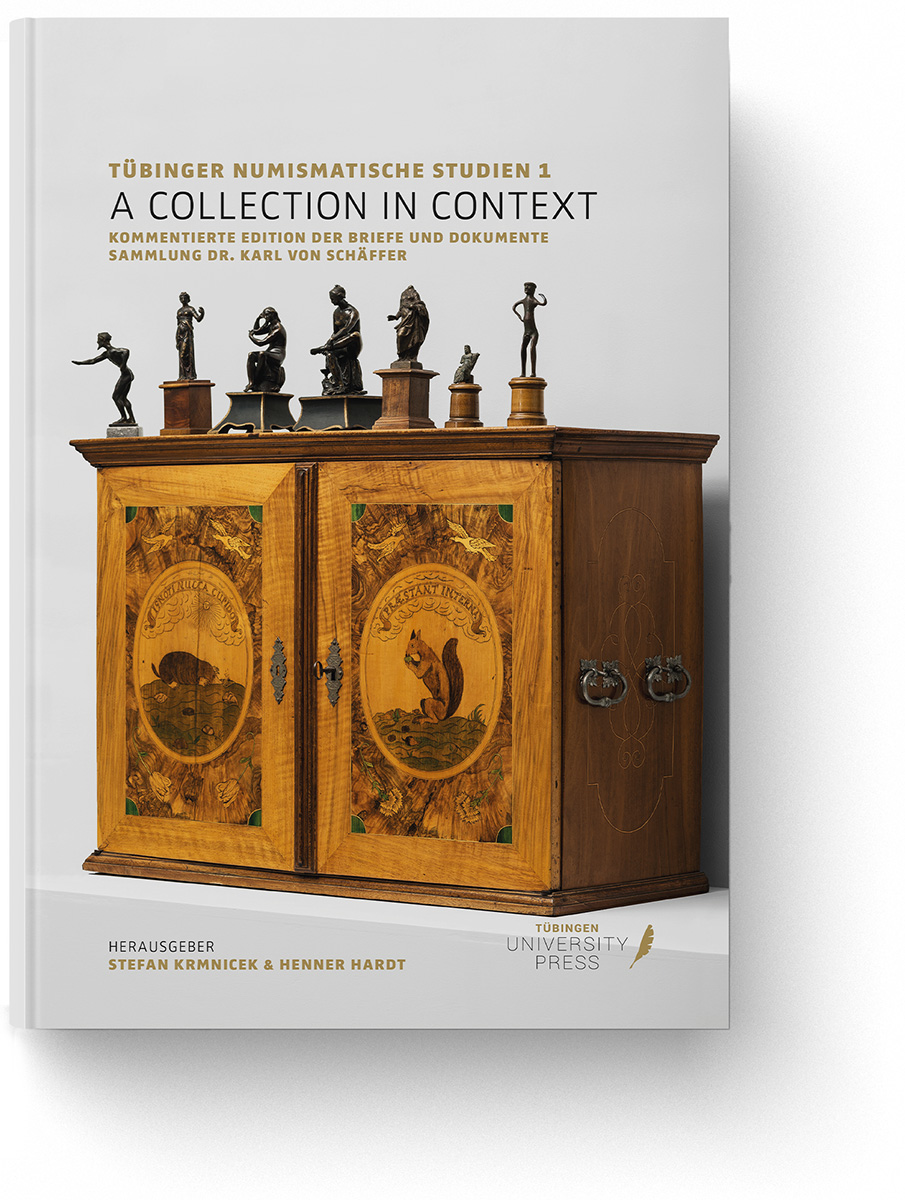
Band 1: A Collection in Context
Herausgeber: Stefan Krmnicek & Henner Hardt
Band 1: A Collection in Context Mit der Begründung einer Universitätsmünzsammlung im Jahre 1798 und der Einrichtung der Numismatischen Arbeitsstelle im Jahre 1972 blickt die Universität Tübingen auf eine lange numismatische Tradition zurück. Die neue Reihe „Tübinger Numismatische Studien“ (TNS) soll die Tübinger Numismatik nun ins 21. Jahrhundert führen. Der erste Band der Reihe untersucht die knapp 3000 numismatische Objekte umfassende Sammlung Karl von Schäffer, welche als Nachlass im Jahre 1888 in den Besitz der Universität Tübingen gelangte, in ihrem wissenschaftsgeschichtlichen Kontext. Die Edition der vollständigen Sammlungsdokumentation wird durch Beiträge zur universitären Sammlungsgeschichte, einer biographisch-psychologischen Analyse der Person Karl von Schäffer, Studien zum Münzhandel und zum Sammeln und Erforschen von Münzen im 19. Jahrhundert sowie durch eine Detailuntersuchung zu den Netzwerken des antiken- und münzeninteressierten Bildungsbürgertums im Königreich Württemberg ausgewertet. Im Kontext dieses dichten Überlieferungsnetzes entfalten die Münzen und Archivalien nicht nur ihre Bedeutung als wichtige zeitgeschichtliche Dokumente für die Entwicklung der Numismatik im fortgeschrittenen 19. Jahrhundert, sondern stellen zugleich eine Quelle ersten Ranges für die Rezeption von antiken Münzen als kunstgeschichtlich und kulturhistorisch bedeutsame Forschungsobjekte dar.
ISBN (online): 978-3-947251-01-8
ISBN (print): 978-3-947251-00-1 (vergriffen)
200 Seiten, Hardcover, ca. 210 mm x 297 mm, 846 g
26,50 EUR